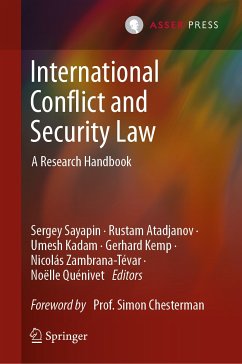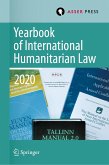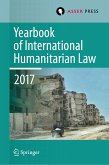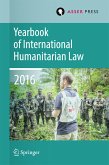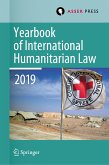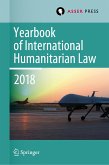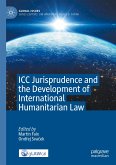This unique two-volume book covers virtually the whole spectrum of international conflict and security law. It proceeds from values protected by international law (Part I), through substantive rules in which these values are embodied (Part II), to international and domestic institutions that enforce the law (Part III). It subsequently deals with current challenges in the application of rules of international conflict and security law (Part IV), and crimes as the most serious violations of those rules (Part V). Finally, in the section on case studies (Part VI), lessons learnt from a number of conflict situations are discussed.
Written by an international team of experts representing all the major legal systems of the world, the book is intended as a reference work for students and researchers, domestic and international judges, as well as for legal advisers to governments and international and non-governmental organisations.
Sergey Sayapin is Associate Professor and Associate Dean at KIMEP University, School of Law in Almaty, Kazakhstan.
Rustam Atadjanov is Assistant Professor at KIMEP University, School of Law in Almaty, Kazakhstan.
Umesh Kadam is formerly Additional Professor at the National Law School of India University, Bangalore, India and Legal Adviser with the International Committee of the Red Cross.
Gerhard Kemp is Professor of Law at the University of Derby in the United Kingdom.
Nicolás Zambrana-Tévar is Associate Professor at KIMEP University, School of Law in Almaty, Kazakhstan.
Noëlle Quénivet is Professor in International Law at the University of the West of England, Bristol Law School in the United Kingdom.
Dieser Download kann aus rechtlichen Gründen nur mit Rechnungsadresse in A, B, BG, CY, CZ, D, DK, EW, E, FIN, F, GR, HR, H, IRL, I, LT, L, LR, M, NL, PL, P, R, S, SLO, SK ausgeliefert werden.
Es gelten unsere Allgemeinen Geschäftsbedingungen: www.buecher.de/agb
Impressum
www.buecher.de ist ein Internetauftritt der buecher.de internetstores GmbH
Geschäftsführung: Monica Sawhney | Roland Kölbl | Günter Hilger
Sitz der Gesellschaft: Batheyer Straße 115 - 117, 58099 Hagen
Postanschrift: Bürgermeister-Wegele-Str. 12, 86167 Augsburg
Amtsgericht Hagen HRB 13257
Steuernummer: 321/5800/1497
USt-IdNr: DE450055826
Bitte wählen Sie Ihr Anliegen aus.
Rechnungen
Retourenschein anfordern
Bestellstatus
Storno

